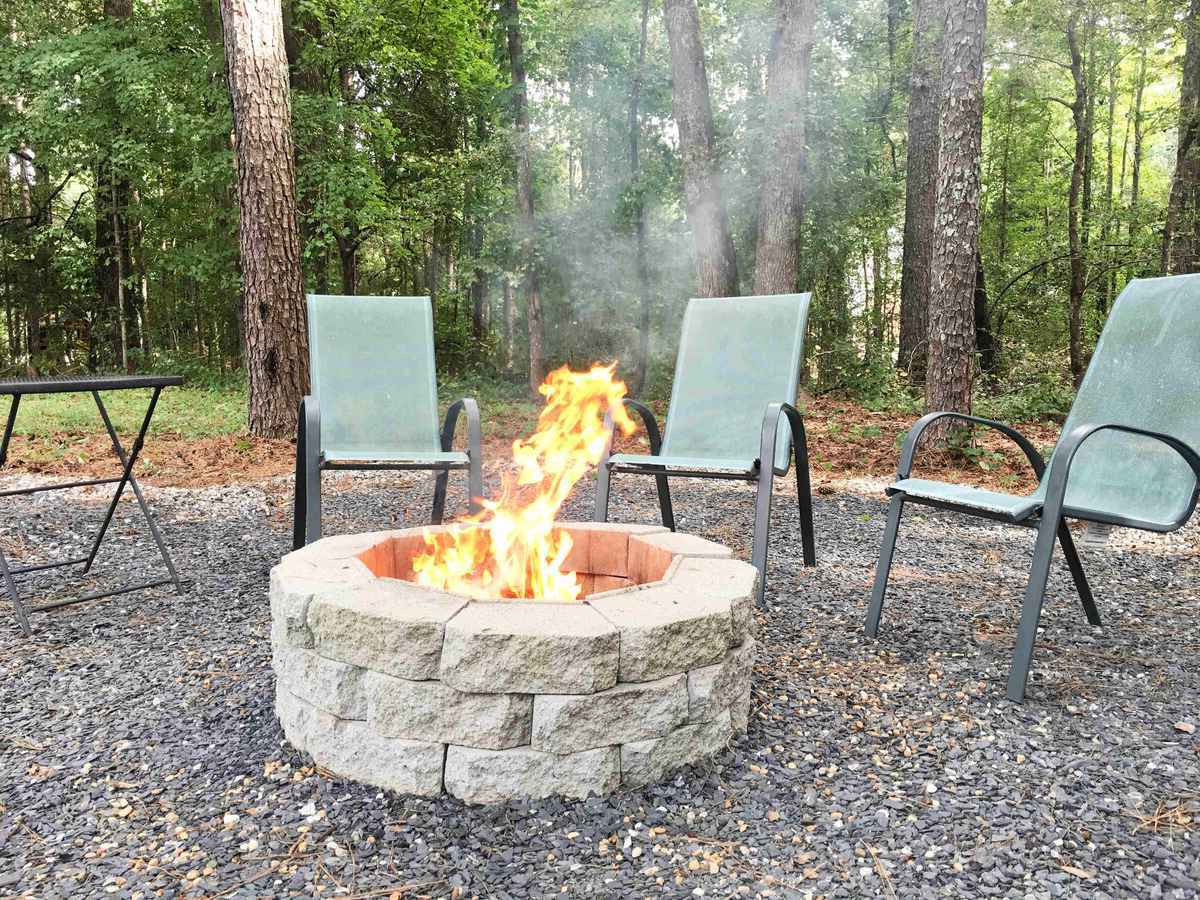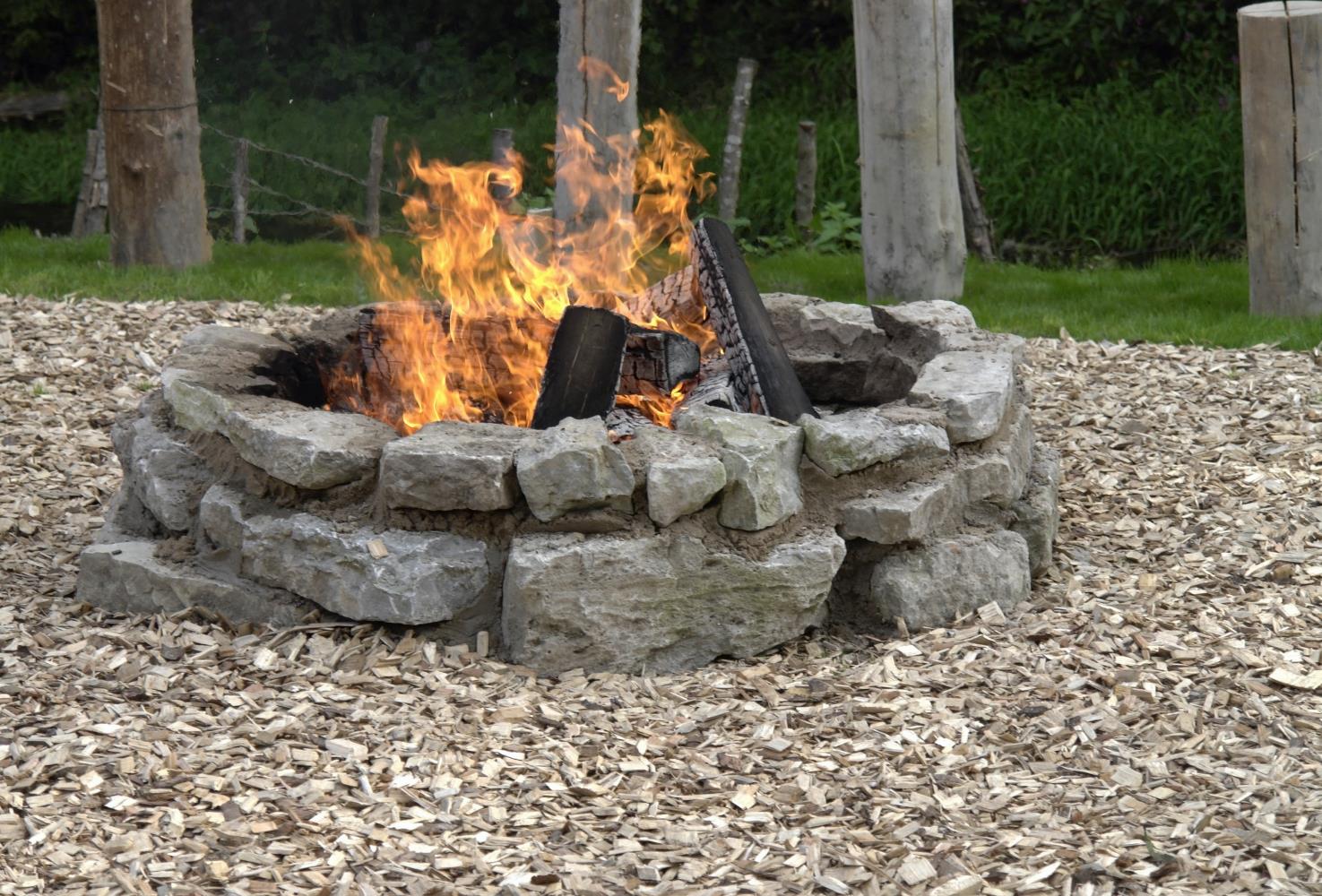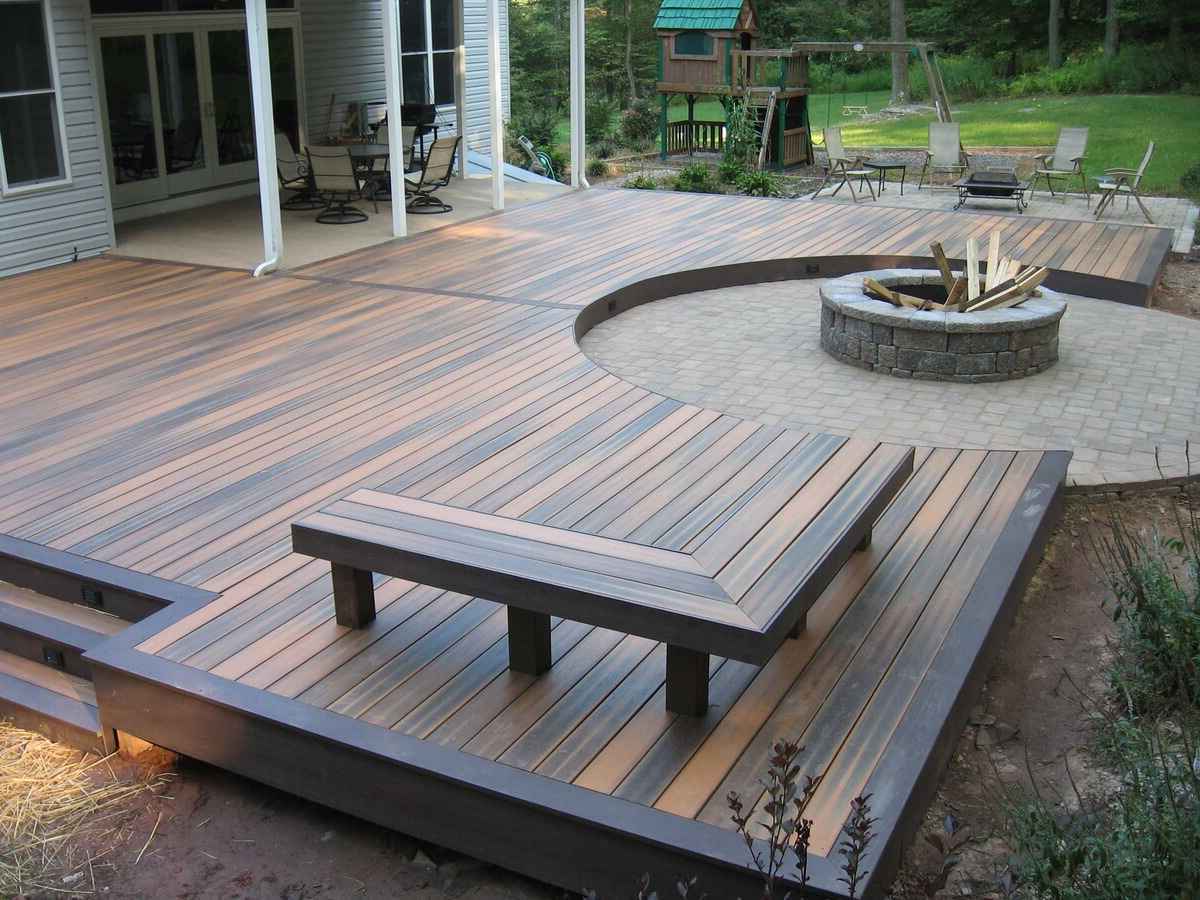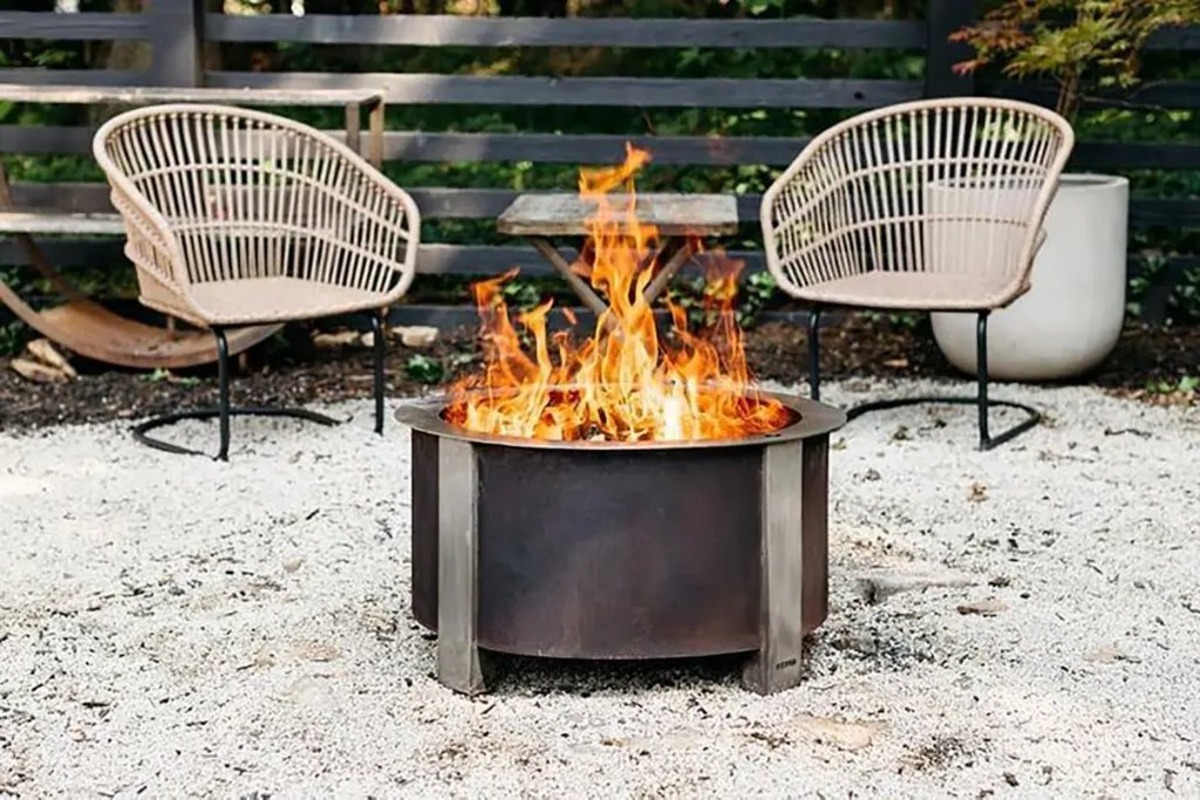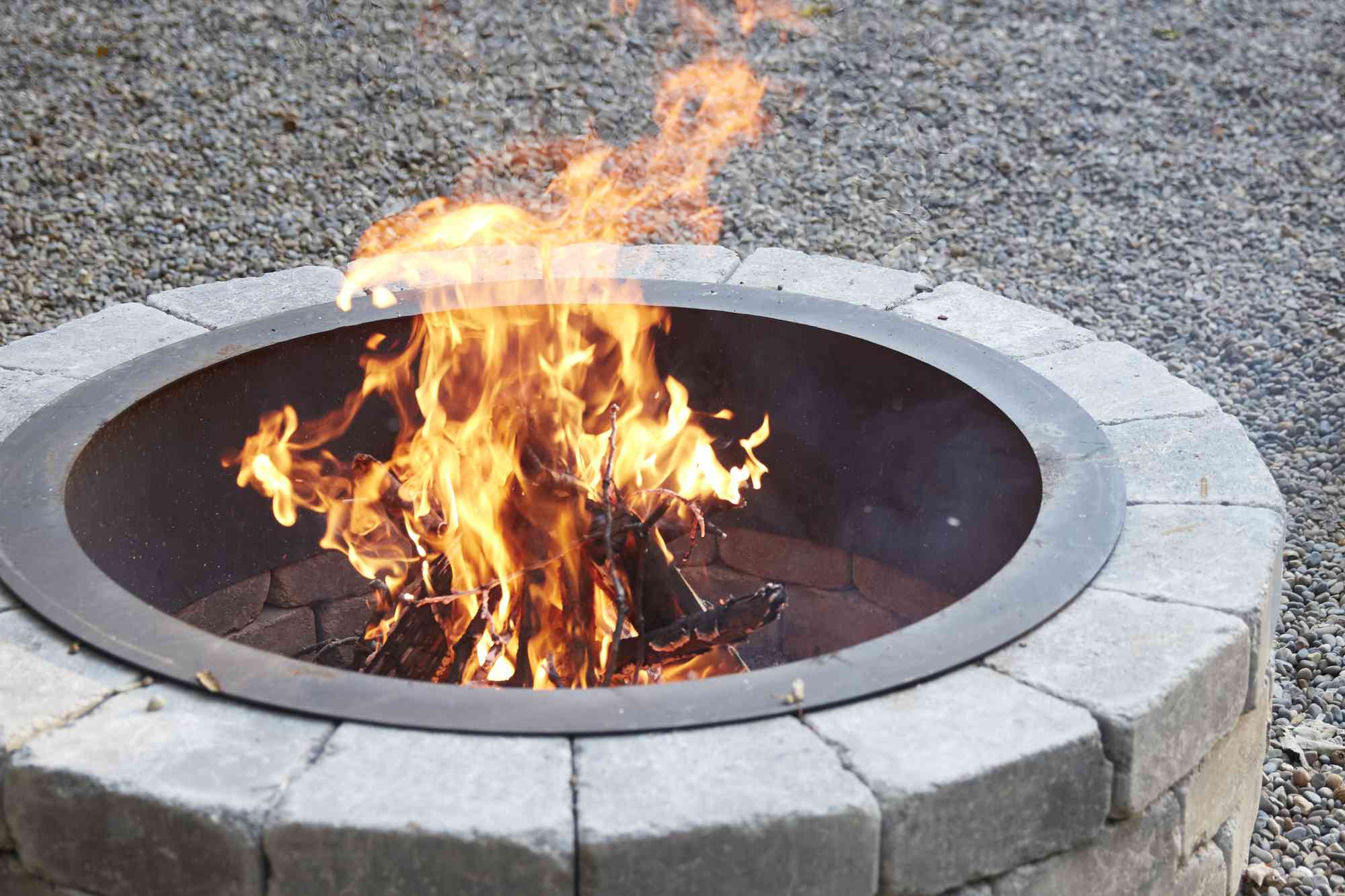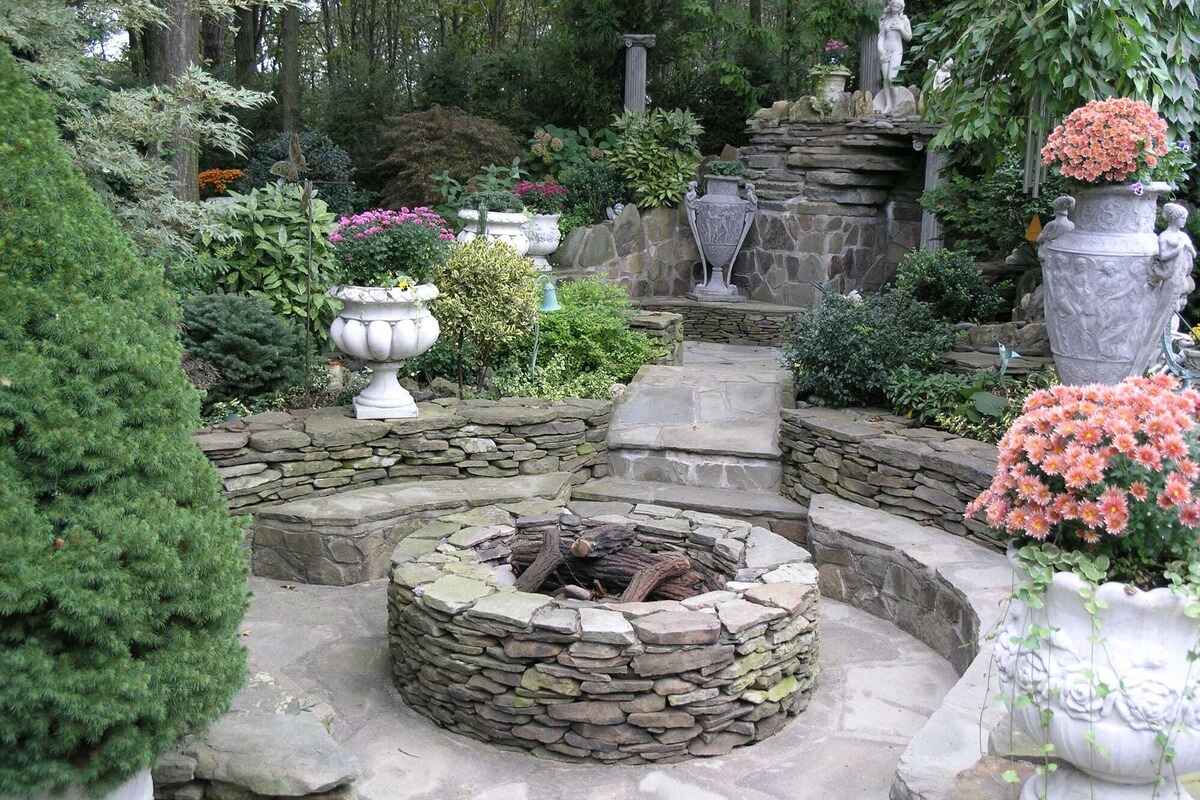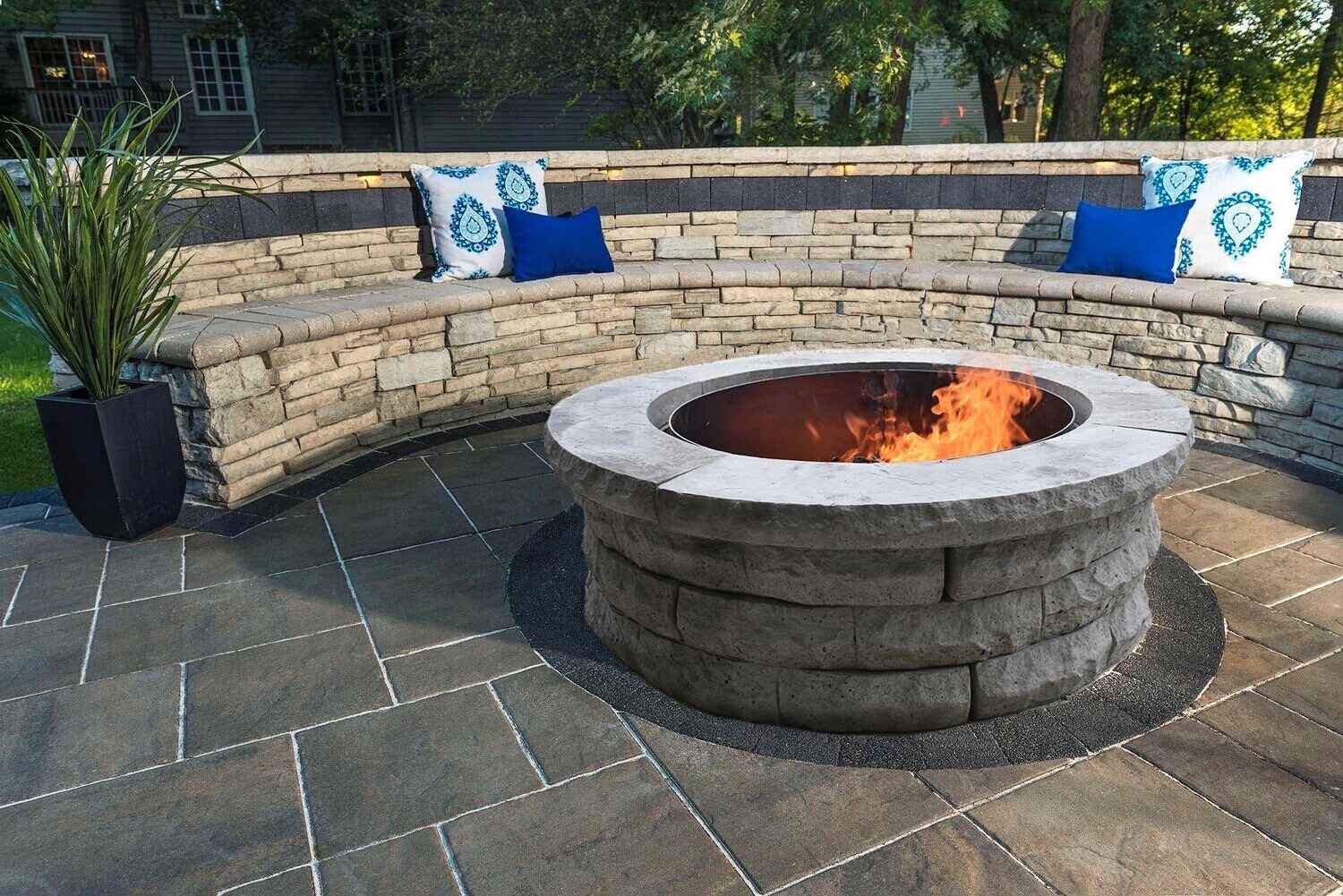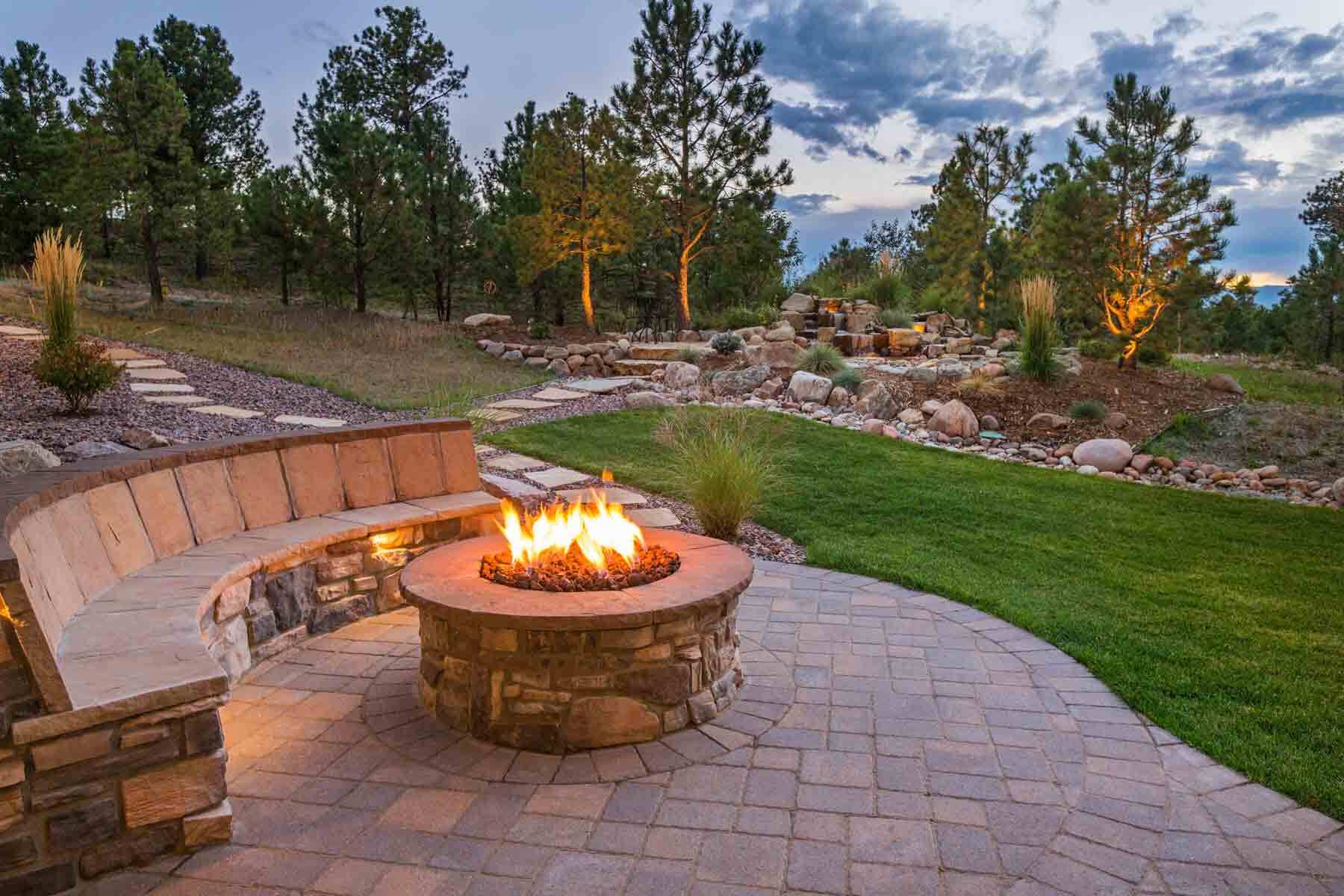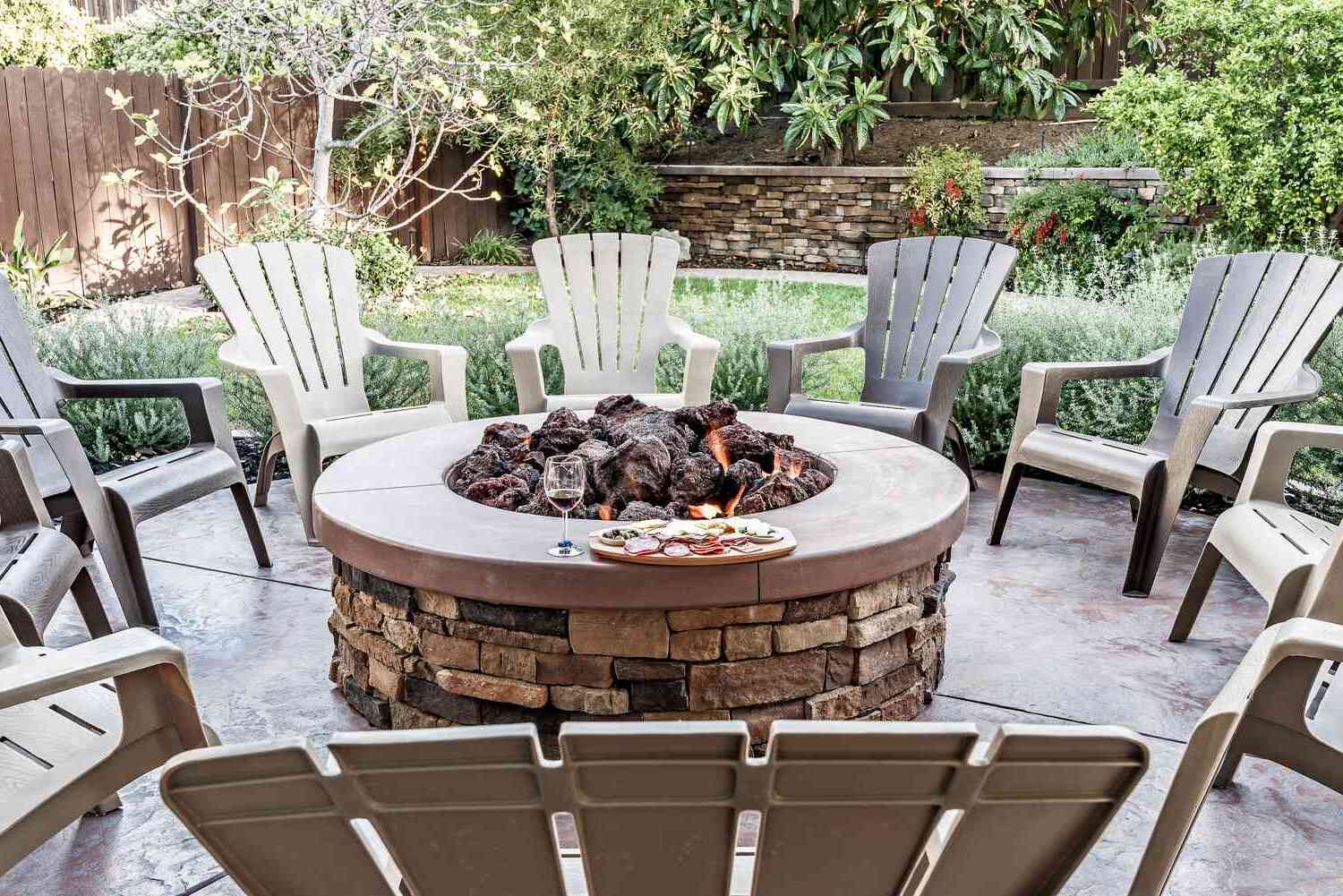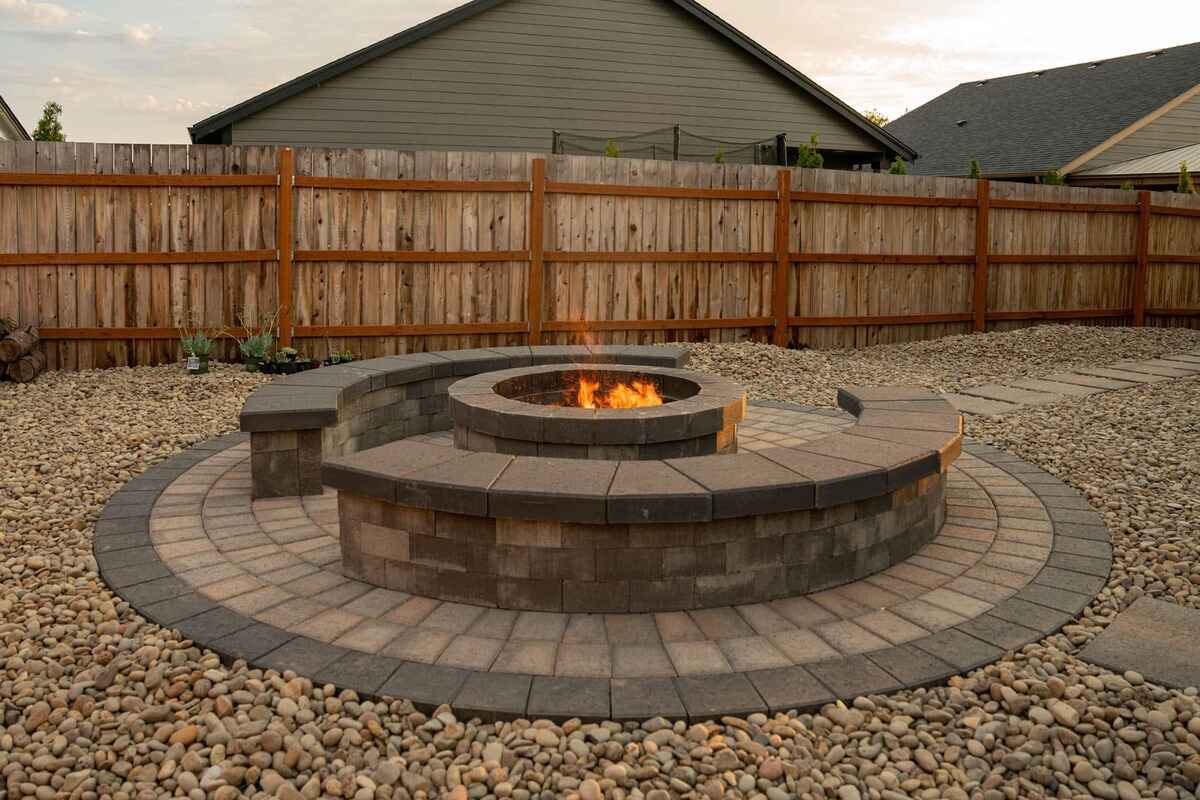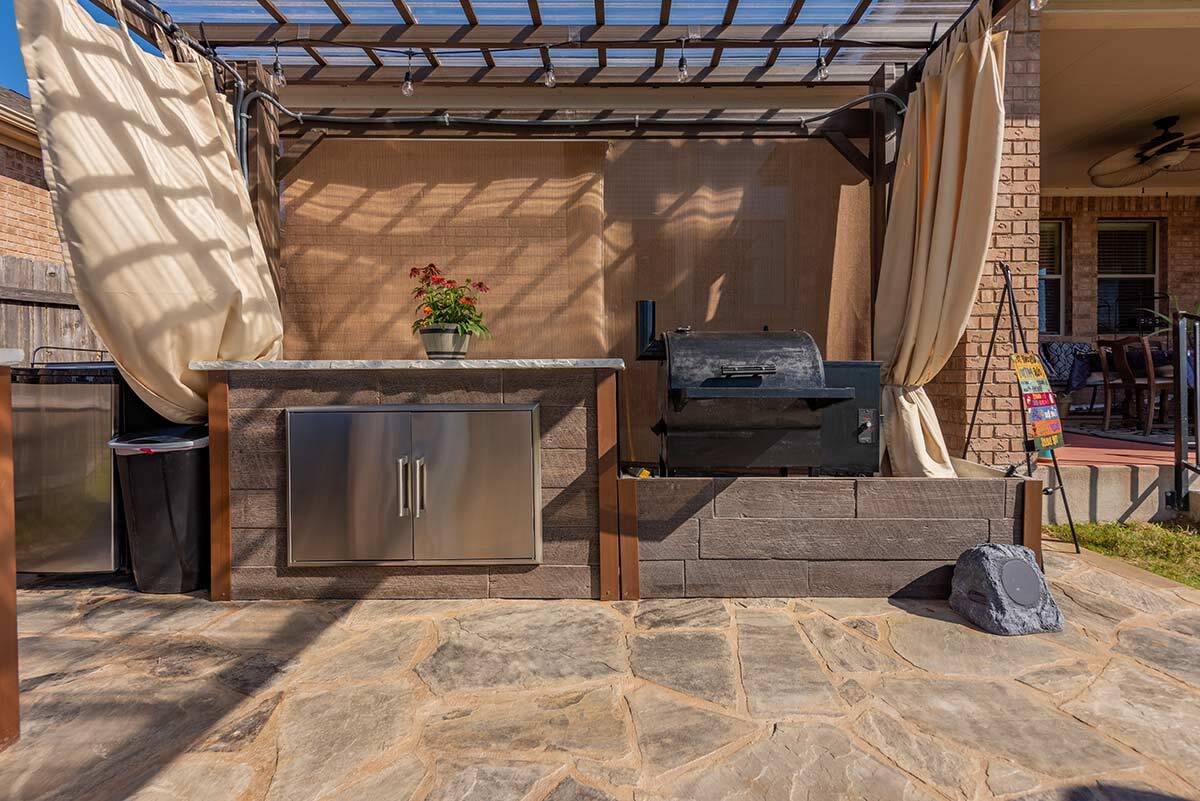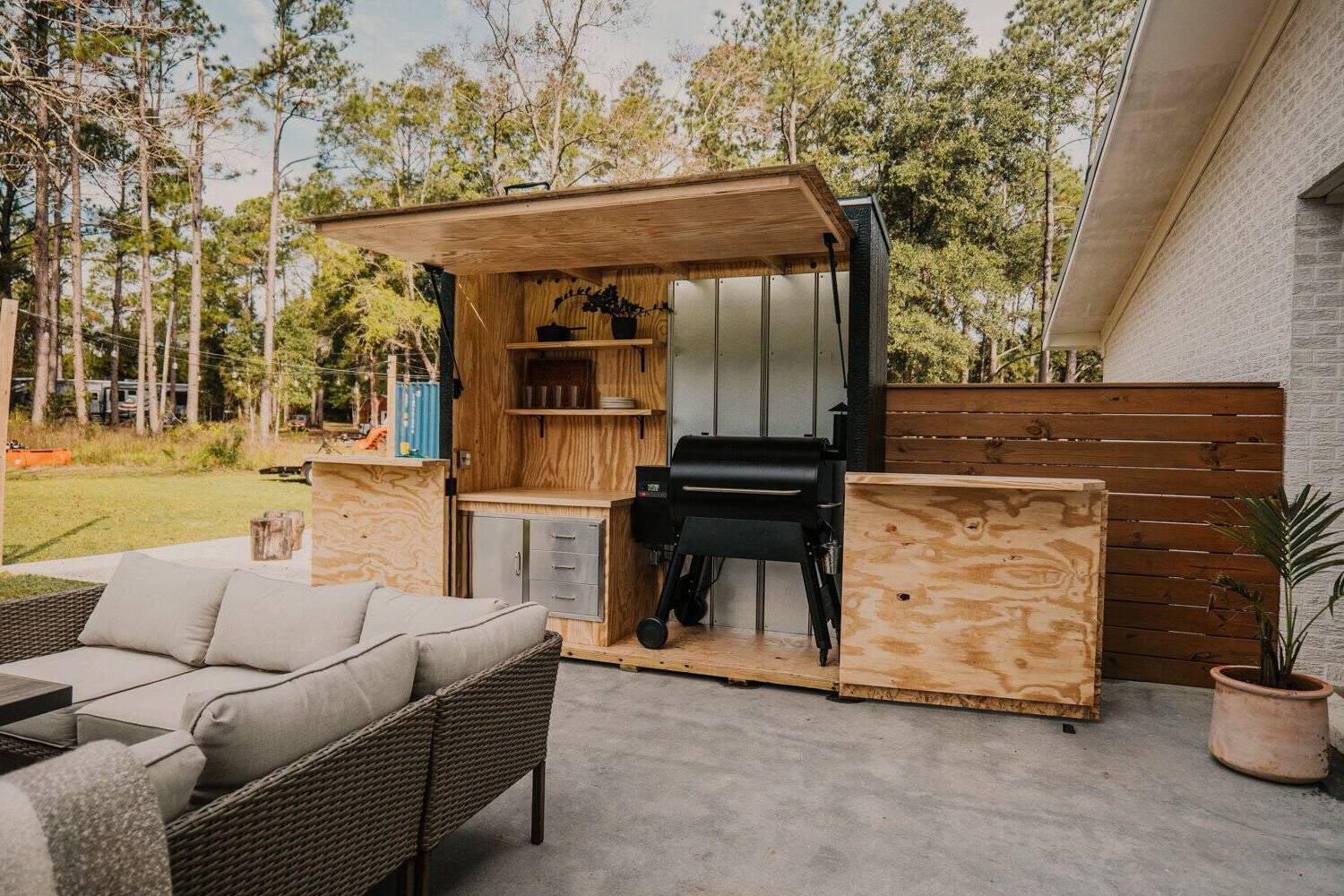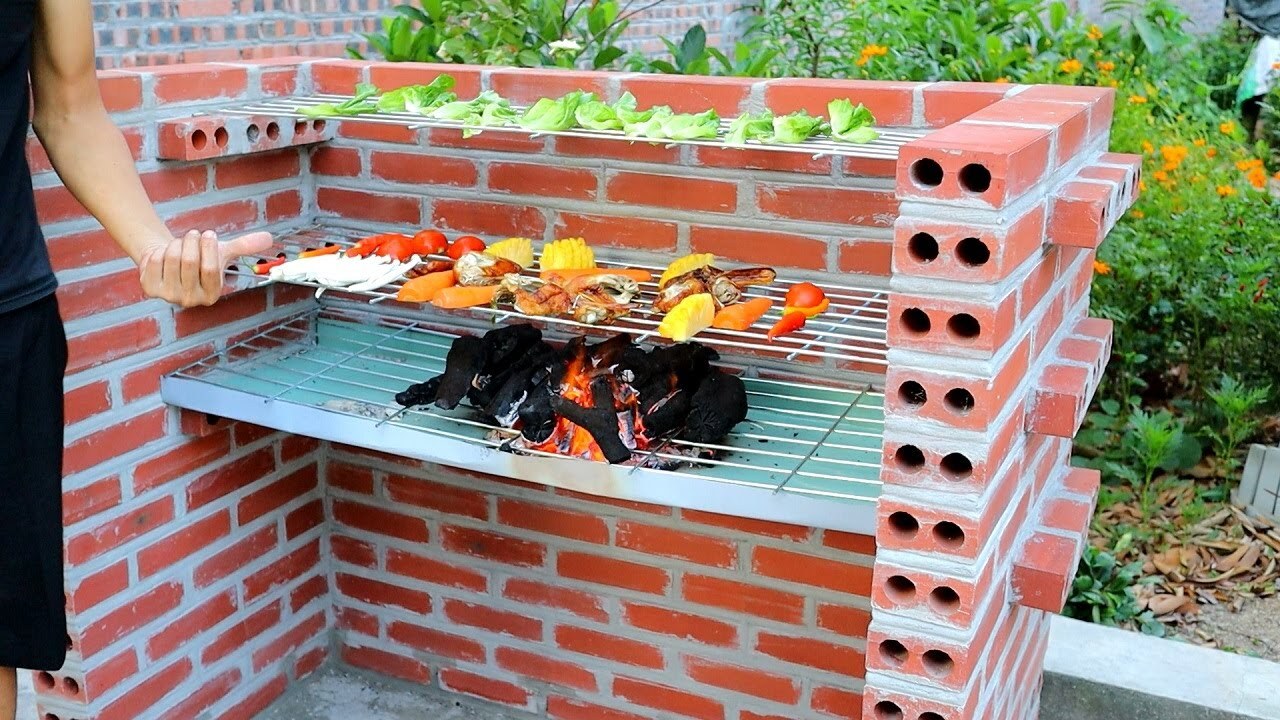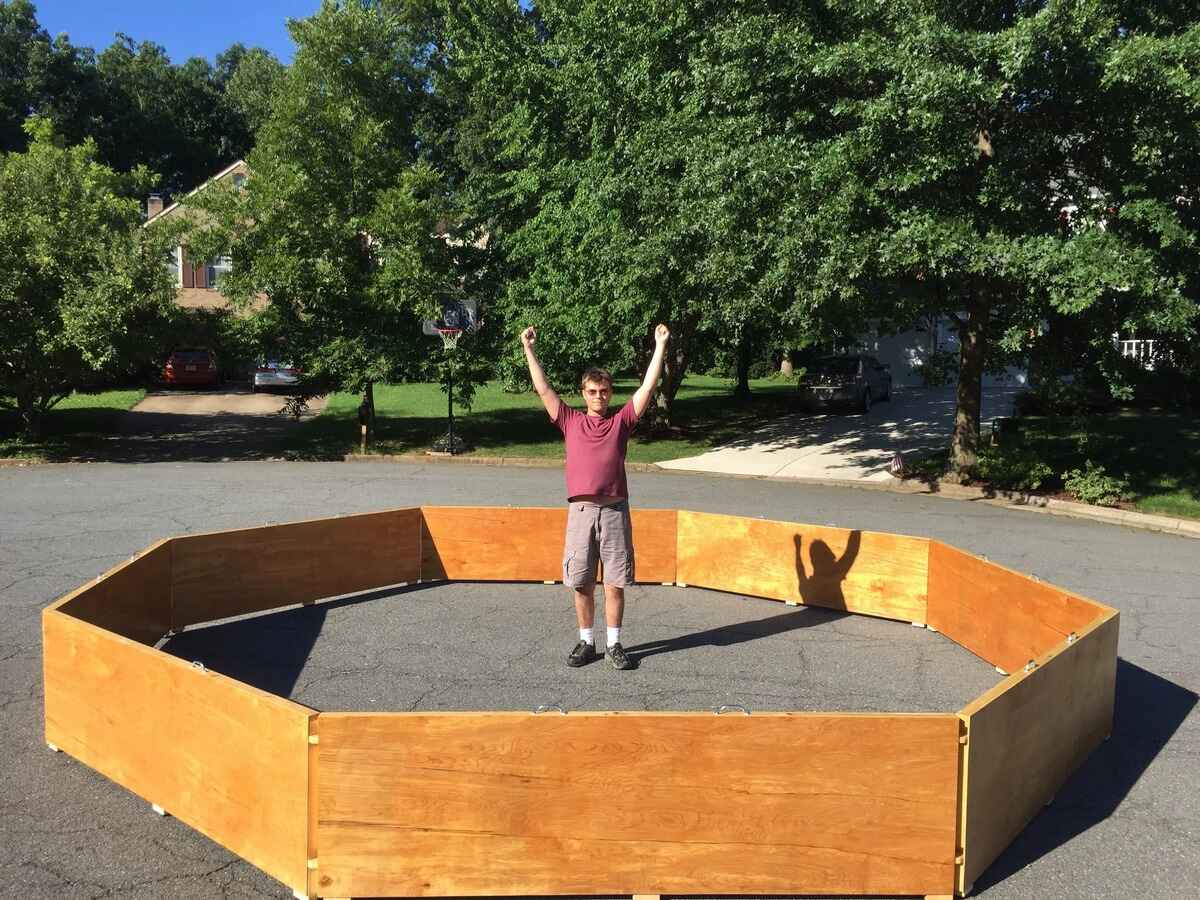Home>Outdoors & Camping>BBQ & Grill>How To Start A Fire In A Fire Pit
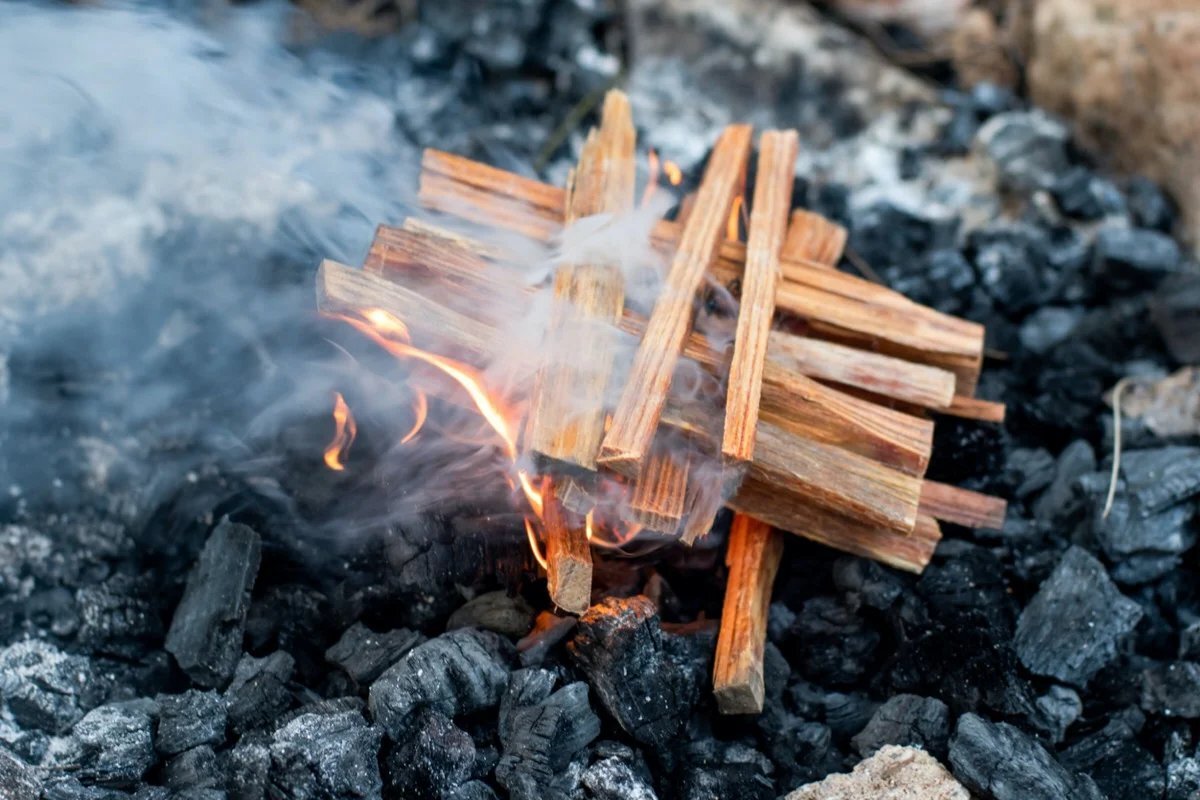

BBQ & Grill
How To Start A Fire In A Fire Pit
Published: March 6, 2024

Content Creator for Outdoors & Camping, Sophie turns any yard into a sustainable paradise. Her dedication to DIY outdoor projects and volunteer work in community gardens shares joy and knowledge.
Learn how to start a fire in a fire pit for your BBQ & Grill. Follow these simple steps to enjoy a cozy and warm outdoor gathering.
(Many of the links in this article redirect to a specific reviewed product. Your purchase of these products through affiliate links helps to generate commission for Twigandthistle.com, at no extra cost. Learn more)
Choosing the Right Fire Pit
When it comes to starting a fire in a fire pit, the first step is to choose the right fire pit for your needs. There are various types of fire pits available, including wood-burning, gas, and propane fire pits. Each type has its own advantages and considerations. Here are some factors to consider when choosing the right fire pit:
-
Location: Consider where you will be using the fire pit. If you have a spacious backyard, a large wood-burning fire pit might be suitable. For smaller spaces like a patio or deck, a compact gas or propane fire pit could be a better option.
-
Fuel Type: Decide whether you prefer the ambiance and aroma of a traditional wood-burning fire or the convenience of a gas or propane fire pit. Wood-burning fire pits provide a classic campfire experience, while gas and propane fire pits offer easy ignition and adjustable flame settings.
-
Material: Fire pits come in various materials such as steel, copper, stone, and cast iron. Consider the durability and aesthetics of the material when choosing a fire pit that complements your outdoor space.
-
Safety Features: If you have children or pets, safety should be a top priority. Look for fire pits with safety features such as spark screens, safety lids, and sturdy bases to prevent accidents.
-
Local Regulations: Before purchasing a fire pit, familiarize yourself with local regulations and restrictions regarding fire pit usage. Some areas have specific rules about the type and size of fire pits allowed, as well as guidelines for safe usage.
By considering these factors, you can select a fire pit that suits your outdoor space and meets your preferences for ambiance, convenience, and safety.
Read more: How To Build A Fire Pit With Bricks
Gathering Firewood and Kindling
Gathering the right firewood and kindling is essential for starting a successful fire in a fire pit. Here's how to do it:
-
Selecting Firewood: Choose seasoned hardwood such as oak, maple, or hickory for a long-lasting and efficient burn. Avoid using softwoods like pine, as they produce more creosote and can lead to excessive smoke and soot.
-
Cutting and Splitting: If you're using firewood from your own property, ensure it is properly seasoned and cut to the appropriate length for your fire pit. Split larger logs into smaller pieces to facilitate easier ignition and sustained burning.
-
Gathering Kindling: Collect small, dry twigs, and branches to use as kindling. Look for dead branches or fallen wood that is dry and easily combustible. Kindling helps ignite the larger pieces of firewood and establish a strong base for the fire.
-
Storing Firewood: Properly store your firewood in a dry, well-ventilated area to maintain its quality. Keep the firewood off the ground and covered with a tarp to protect it from moisture and pests.
-
Preparing the Fire Pit: Before starting the fire, ensure the fire pit is clean and free of debris. Clear out any ash or leftover wood from previous fires, and arrange the firewood and kindling in the fire pit according to your desired fire structure.
By gathering the right firewood and kindling, you can set the stage for a successful and enjoyable fire pit experience.
Building the Fire Structure
Building the fire structure is a crucial step in starting a fire in a fire pit. The way you arrange the firewood and kindling can significantly impact the fire's ignition and longevity. Here's how to build an effective fire structure:
-
Lay the Foundation: Start by placing a base layer of kindling or crumpled newspaper at the center of the fire pit. This foundation will help ignite the larger pieces of firewood and promote airflow for a strong start.
-
Create a Teepee: Arrange the firewood in a teepee or cone shape over the kindling. Lean the firewood pieces against each other, leaving an opening on one side for lighting. This structure allows for optimal airflow and encourages the flames to rise and ignite the larger logs.
-
Alternate Log Placement: Another method is to stack the firewood in a crisscross or square pattern. This alternating placement creates air gaps between the logs, promoting better oxygen circulation and a more sustained burn.
-
Add Kindling Between Logs: For an extra boost, intersperse smaller pieces of kindling between the larger logs. This additional kindling helps bridge the gap between the initial ignition and the larger logs catching fire.
-
Consider Fire Starters: If you're having trouble igniting the firewood, consider using fire starters such as paraffin wax squares, natural firelighters, or homemade fire starters. These can provide a reliable source of ignition to kickstart the fire.
By carefully building the fire structure, you can create an environment that promotes efficient ignition and sustained burning, leading to a warm and inviting fire pit experience.
Lighting the Fire
Once the fire structure is in place, it's time to light the fire and bring the fire pit to life. Follow these steps to safely and effectively ignite the fire:
-
Use a Match or Lighter: Hold a long match or a fireplace lighter to the base of the kindling or newspaper. If using a match, ensure it is long enough to keep your hand a safe distance from the emerging flames.
-
Light the Kindling: Gently ignite the kindling at the center of the fire structure. Avoid using excessive force, as this can disturb the arrangement of the firewood and kindling.
-
Allow the Flames to Grow: As the kindling catches fire, observe the flames as they begin to spread to the larger pieces of firewood. Be patient and allow the fire to establish itself gradually.
-
Add More Kindling if Needed: If the fire is struggling to grow, carefully add more small pieces of kindling to bolster the flames. Avoid adding too much at once, as this can smother the fire.
-
Monitor the Fire: Keep a close eye on the fire as it develops. Ensure that it is contained within the fire pit and does not pose a risk to surrounding objects or vegetation.
-
Adjust Airflow: If the fire is slow to start or appears to be smoldering, gently blow on the base of the fire to increase airflow. This can help stimulate the flames and encourage a more robust burn.
-
Avoid Using Accelerants: Never use accelerants such as gasoline or lighter fluid to ignite the fire. These substances can lead to uncontrollable fires and pose serious safety hazards.
By following these steps, you can safely and effectively light the fire in your fire pit, setting the stage for a cozy and enjoyable outdoor gathering.
Maintaining and Controlling the Fire
Once the fire is burning steadily, it's essential to maintain and control it to ensure a safe and enjoyable experience. Here's how to effectively manage the fire in your fire pit:
-
Monitor the Flames: Keep a watchful eye on the flames and the behavior of the fire. Ensure that it remains at a manageable size and does not extend beyond the boundaries of the fire pit. If the flames become too high or erratic, take immediate action to address the situation.
-
Adjust the Firewood: As the fire burns, periodically add additional firewood to sustain the flames. Place the logs onto the fire carefully, ensuring that they are positioned to maintain a balanced and consistent burn. Avoid overcrowding the fire pit with excessive firewood, as this can lead to poor airflow and inefficient burning.
-
Control the Airflow: The amount of oxygen reaching the fire directly impacts its intensity and longevity. If the fire is burning too fiercely, consider partially closing any air vents on the fire pit to reduce the airflow. Conversely, if the fire is dwindling, gently fan the flames or adjust the vents to increase the oxygen supply.
-
Use Fire Tools: Keep a set of fire tools, such as tongs and a poker, nearby to manage the fire safely. Use the poker to rearrange the firewood and kindling as needed, and the tongs to add or reposition logs without risking burns.
-
Extinguishing the Fire: When you're ready to extinguish the fire, use a long-handled shovel or a fire rake to spread out the embers and logs. Once the firewood has cooled, carefully douse the embers with water, ensuring that all the remaining heat is fully extinguished. Always follow proper fire safety protocols and local regulations when extinguishing the fire.
-
Practice Fire Safety: It's crucial to prioritize fire safety at all times. Keep a fire extinguisher, bucket of sand, or a garden hose nearby in case of emergencies. Never leave the fire unattended, and always supervise children and pets around the fire pit.
By effectively maintaining and controlling the fire in your fire pit, you can create a warm and inviting atmosphere while ensuring the safety of everyone enjoying the outdoor space.

